10 October 2025
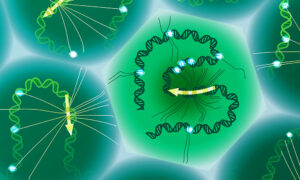
EMBL scientists have developed a more sensitive single-cell sequencing tool that links genomic variants and RNA in the same cell, helping to better uncover links to complex diseases.
SCIENCE & TECHNOLOGY
5 September 2025

An EMBL alumnus’ work with tRNA, along with support from EMBLEM, has led to a start-up, Umlaut.bio, that is positioned to aid drug development.
PEOPLE & PERSPECTIVES
31 October 2024

Dieter Schwarz Foundation provides the ‘life’ support for innovative global research collaboration of EMBL-Stanford Life Science Alliance
CONNECTIONS
24 July 2023
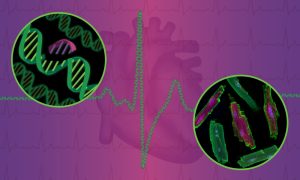
EMBL researchers have made new strides into understanding and reversing genetic defects that underlie familial heart disease.
SCIENCE & TECHNOLOGY
2023
sciencescience-technology
14 July 2023

EMBL researchers use a new cell sorting technology to gain new insights into cellular function in health and disease, as well as for other innovative applications.
SCIENCE & TECHNOLOGY
2023
sciencescience-technology
20 September 2022

Dieter Schwarz Foundation renews 3-year funding to EMBL for the EMBL | Stanford Life Science Alliance, a unique international collaboration bringing together researchers from the two leading institutions to develop transformative technologies and accelerate biomedical research.
CONNECTIONSLAB MATTERS
2022
connectionslab-matters
21 January 2022

EMBL researchers, in collaboration with BD Biosciences, have demonstrated a new technology that allows rapid image-based sorting of cells. The new technology represents a major upgrade to flow cytometry and has applications in diverse life science fields.
SCIENCE & TECHNOLOGY
2022
sciencescience-technology
2 March 2021
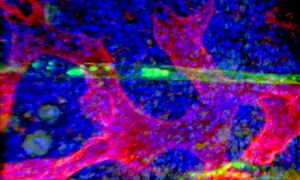
A new method has the potential to boost international research efforts to find drugs that eradicate cancer at its source.
SCIENCE & TECHNOLOGY
2021
sciencescience-technology
1 March 2021
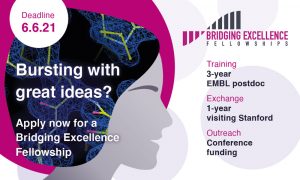
Applications are now open for the Life Science Alliance’s Bridging Excellence Fellowships, enabling postdocs to carry out collaborative projects at EMBL and Stanford University.
EMBL ANNOUNCEMENTSLAB MATTERS
2021
embl-announcementslab-matters
16 June 2020
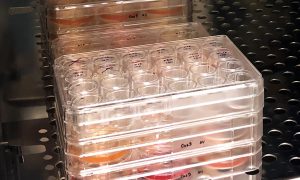
Scientists at EMBL and Heidelberg University Hospital are studying how the novel coronavirus behaves in the gut to try to better understand its epidemiology and prevent its spread. To do this, they are combining advanced imaging and sequencing technologies to study coronavirus in human intestinal…
SCIENCE & TECHNOLOGY
2020
sciencescience-technology
1 June 2020
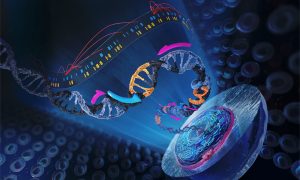
Scientists at EMBL Heidelberg have developed a new method, called Targeted Perturb-seq (TAP-seq), which increases the scale and precision of functional genomics CRISPR–Cas9 screens by orders of magnitude. Their method overcomes limitations in previous applications of single-cell RNA sequencing,…
SCIENCE & TECHNOLOGY
2020
sciencescience-technology
16 April 2020

Scientists at EMBL Heidelberg are contributing their expertise in a community effort to develop large-scale testing methods for coronavirus. Their goal is to increase the capacity and speed of testing, which is crucial for containing the pandemic.
SCIENCE & TECHNOLOGY
2020
sciencescience-technology
23 December 2019
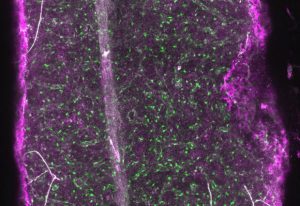
Researchers have developed new methods to reveal the 3D-organisation of bone marrow at a single cell level
SCIENCE & TECHNOLOGY
2019
sciencescience-technology
10 October 2019

Scientists will discuss the challenges ahead for international science at the EMBL in the USA event.
PEOPLE & PERSPECTIVES
2019
alumnipeople-perspectives
14 March 2019
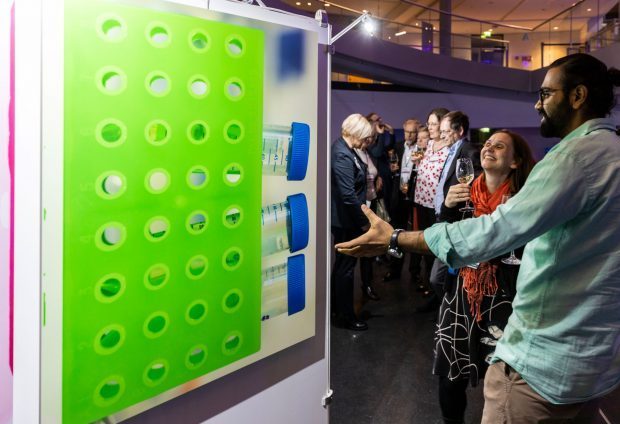
On 20 February, over 250 local supporters and friends met Edith Heard to celebrate a successful year
PEOPLE & PERSPECTIVES
2019
eventspeople-perspectives
4 February 2019
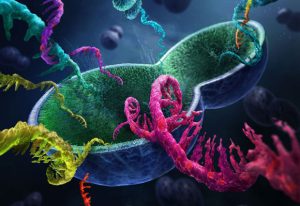
Scientists develop high-throughput yeast single-cell RNA sequencing method
SCIENCE & TECHNOLOGY
2019
sciencescience-technology
7 May 2018

New platform transforms CRISPR gene editor into precision tool
SCIENCE & TECHNOLOGY
2018
sciencescience-technology
27 November 2017

Takashi Hiiragi and Lars Steinmetz received Advanced Grants from the European Research Council (ERC)
EMBL ANNOUNCEMENTSLAB MATTERS
2017
embl-announcementslab-matters
3 March 2016
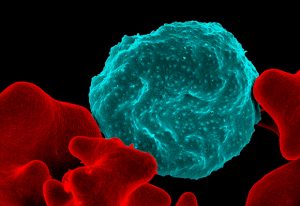
First detailed atlas of start points for genes expression in malaria-causing parasite
SCIENCE & TECHNOLOGY
2016
sciencescience-technology
13 January 2016
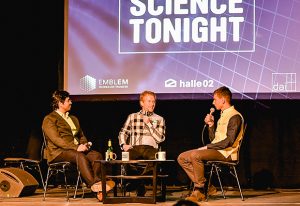
Scientist and showman: PhD student Vasily Sysoev shares his passion for outreach.
PEOPLE & PERSPECTIVES
2016
eventspeople-perspectives
12 August 2015

Leading scientists will gather in Heidelberg this November to discuss the potential of personalised health.
CONNECTIONS
3 August 2015
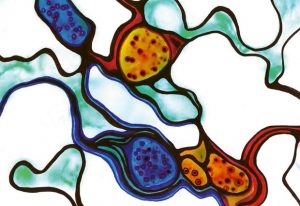
How T-cells are trained on what not to kill
SCIENCE & TECHNOLOGY
2015
sciencescience-technology
4 June 2015
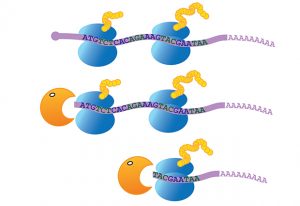
Decaying RNA molecules tell a story that could add more chapters to the study of ribosomes.
SCIENCE & TECHNOLOGY
2015
sciencescience-technology
18 December 2014

Compound that can restore the function of poorly working mitochondria, with therapeutic potential.
SCIENCE & TECHNOLOGY
2014
sciencescience-technology
15 December 2014

Third round of calls for joint research projects between EMBL and Luxembourg in 2015
LAB MATTERS
18 March 2010
Once the human genome was sequenced in 2001, the hunt was on for the genes that make each of us unique. But scientists at the European Molecular Biology Laboratory (EMBL) in Heidelberg, Germany, and Yale and Stanford Universities in the USA, have found that we differ from each other mainly because…
SCIENCE & TECHNOLOGY
2010
sciencescience-technology
1 October 2009
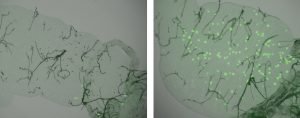
For many years, the mosquitoes that transmit malaria to humans were seen as public enemies, and campaigns to eradicate the disease focused on eliminating the mosquitoes. But, as a study published today in Science shows, the mosquitoes can also be our allies in the fight against this common foe,…
SCIENCE & TECHNOLOGY
2009
sciencescience-technology
25 January 2009
Genes that contain instructions for making proteins make up less than 2% of the human genome. Yet, for unknown reasons, most of our genome is transcribed into RNA. The same is true for many other organisms that are easier to study than humans. Researchers in the groups of Lars Steinmetz at the…
SCIENCE & TECHNOLOGY
2009
sciencescience-technology
No results found

























